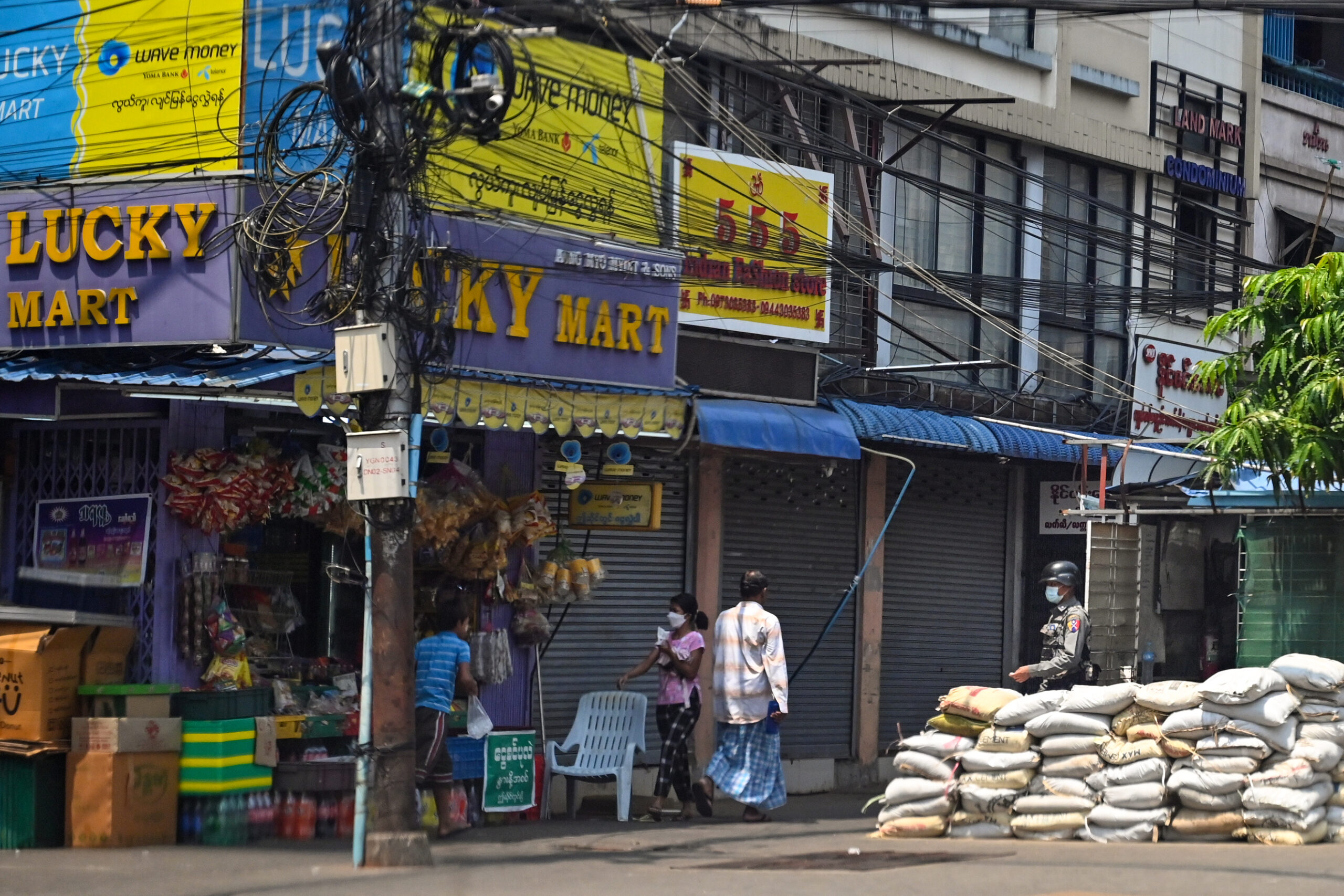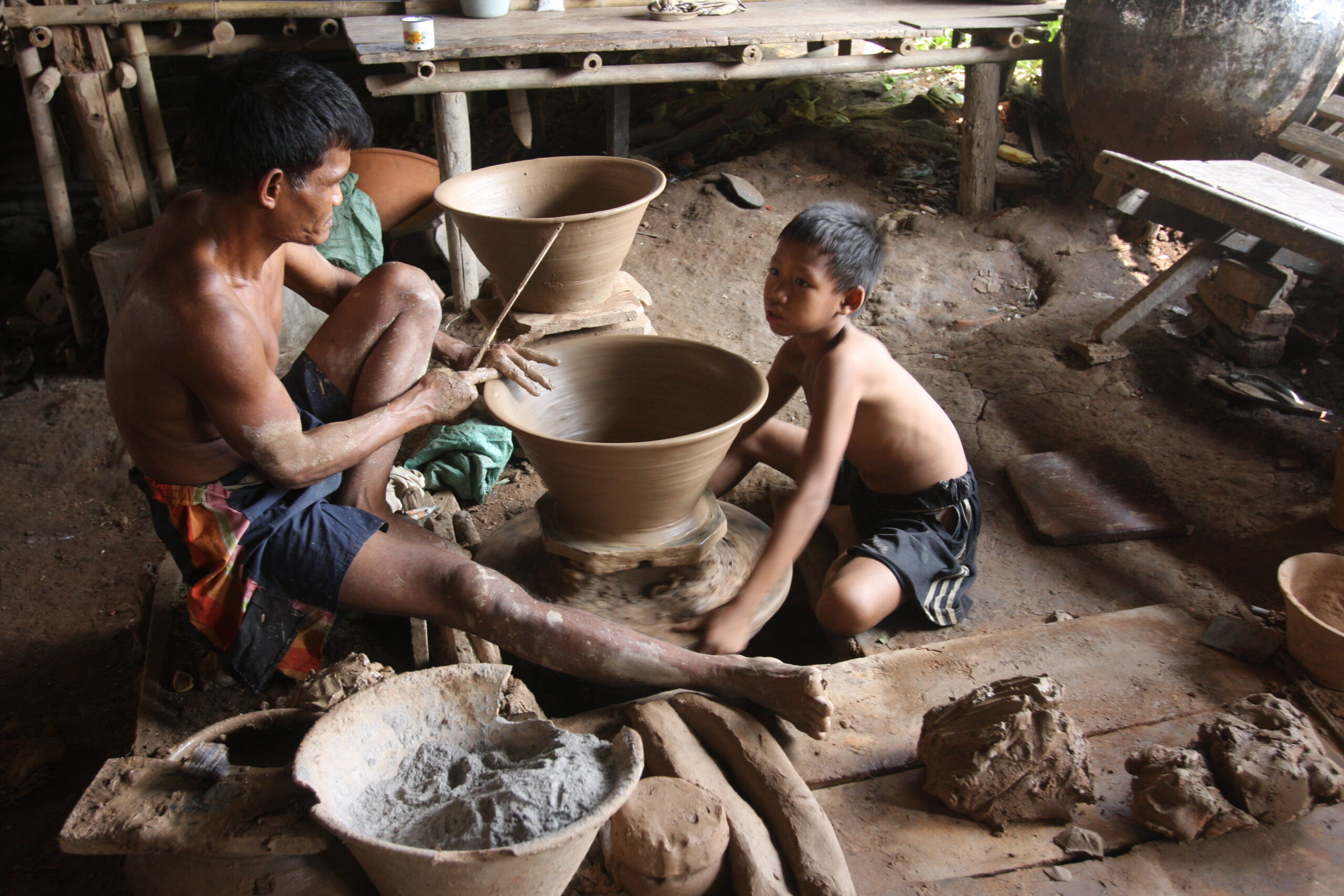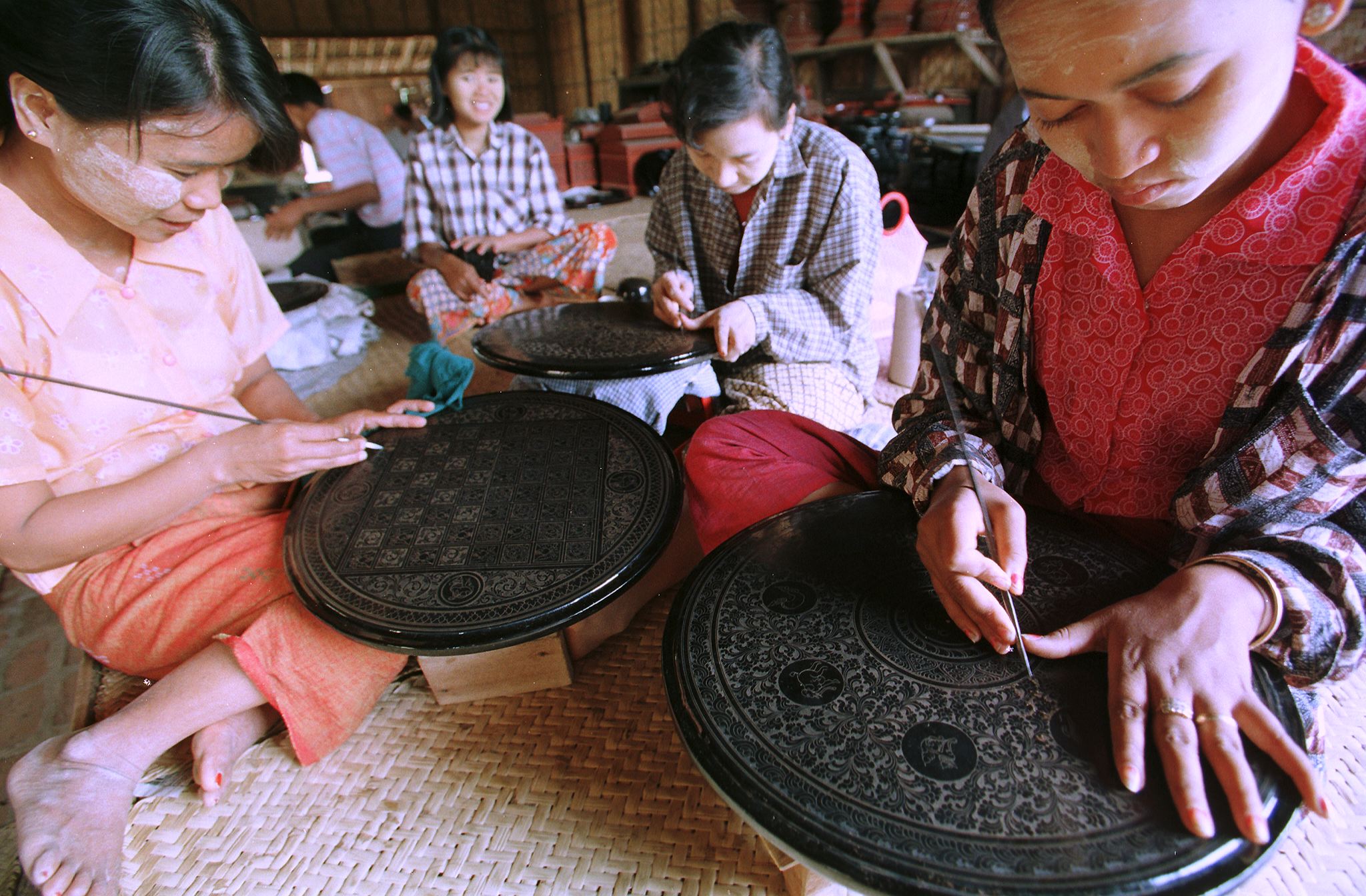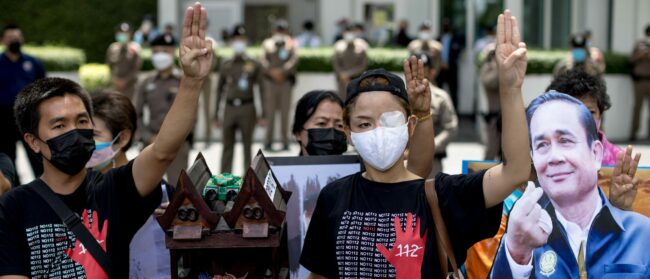Back in 2015, Yangon was an obvious choice for a newly married British couple looking for adventure. We wanted to live somewhere a bit different, somewhere challenging, somewhere slightly unknown. Yangon had it all: a burgeoning economy, emerging social mobility, shards of hopeful light bursting out of its dark past. Undiscovered travel – many, many untrodden paths. It was an opportunity for discovery, for personal growth, possibly even to make a small impact.
We thought we’d stay for a year, maybe two. But it took until May 2022, just over seven years later, to hand back the keys to our house, and head back to the UK for good. This hadn’t been our plan: we were going to stay put for at least four more years with our growing family.
The military coup in February 2021 drastically changed the landscape and uprooted our plans. Following the landslide 2020 electoral victory of the leader of the National League for Democracy party and then-President Aung San Suu Kyi, the opposition-supporting military launched a coup based on claims of fraud and corruption. Resistance to the coup was met with violence and eventually escalated into a bloody civil war under an unelected authoritarian regime.

This was a stark change to the landscape of 2015. When we arrived in Yangon the country was a few years along what felt like a one-way road to prosperity. The scale of the challenges back then was very different. Accommodation was hard to find. The traffic was debilitatingly bad – it could take two hours to get to a meeting a couple of miles away. The oppressive heat and the complications of achieving seemingly simple tasks and a legacy of decades of mismanagement under military rule, was hard to adapt to, as were the frequent bouts of illness and tailgating parasites. But once we learnt to shed all projections of life back home, to avoid the street food, and to relax into the rhythm of Myanmar, things fell into place very easily.
There was an amazing energy to life. As expats, we lived in an extraordinarily privileged bubble. We spun through evenings at art exhibitions, swanky restaurant openings, life-drawing classes, fun music nights and visiting theatre performances, and spent weekends flying down dirt tracks on motorbikes on the way to paradise beaches or breezy mountain-top towns. We covered almost every corner of the country over five years, soaking in the wildly varying cultures and eclectic cuisine and spending time with ethnic groups, each of whose customs and costumes differ so completely to the next.

We were high on the variety, the rawness, the satisfaction of overcoming the extraordinary day-to-day challenges and indirectly high on the hope of the Burmese people. The 2015 election, which brought Aung San Suu Kyi and her party into power in the first openly-contested election for decades, had lifted the lid on a long history of oppression. Election day was like a festival, the young feeling more optimistic than ever, and the old in stunned disbelief that what they had always hoped for had come to pass.
Looking back, we were living a totally charmed existence. We were on the crest of a long, rolling, towering wave, which was heading into the eye of a storm. It came crashing down on 1 February 2021, as the military seized control of the country, over the weeks that followed, it extinguished the widespread protests with escalating violence. By April, the country was living back in a culture of fear like the one from the 1990s. Most people only left the house for essentials. Many in rural areas where the conflict was more intense didn’t even do that, existing on sacks of rice and the vegetables growing in their gardens.
This isn’t new for older generations; for anybody in their late sixties or older, this is the third coup of their lifetime, following previous coups in 1958 and 1962. Many are fighting it with any strength they can muster, but some are tired: they know how this goes, and will lie low until the heat cools.
The young are less resigned. In fact, they are furious. In their view, their democracy has been ripped from them and their freedom smothered. Their basic human rights have been removed. Their nascent businesses have been thwarted by the crashing economy and the tangles of red tape blocking up the banking system. Various recent import bans have removed great swathes of coveted foreign goods ranging from soft drinks to cars from circulation. And over-pressurised, under-resourced power networks generate only a couple of hours of electricity a day. An estimated 50,000 young have joined People’s Defence Force – the civilian army – and are living in rural hideouts, putting up a credible fight against the military using a combination of locally manufactured and imported arms. The gains and losses of each side are hotly contested, and hard to verify, but the strength of purpose from both is unambiguous. This fight will rumble on and on.
Again, this isn’t new. The military has been at war with its own people for decades. There are over 135 ethnic groups of varied size and power in Myanmar, and many have been fighting the army for self-determination since the country’s independence from Britain in 1948. conflict has been part of life in Myanmar for a long time.
During these times, it is important to remember those who are doing their best to build their lives despite the difficulties and to celebrate and cherish the country beyond the conflict. To tell its stories, support its craftsmen, trade with the traders trying to make an honest living. To visit when it is safe again, to taste the food, to record its history and build towards a brighter future.

We set up a business back in 2016 to do just this: we partner with crafters across Myanmar to make beautiful objects for the home. We are committed to promoting their extraordinary skills, and to preserving talents which are in danger of being lost forever. We now work with hundreds of people, from the craftsmen to the people who make our packaging, and the men who pack our containers. We have an incredible team in Myanmar, working harder than ever to keep the business going against the odds. The skills of our makers have shown remarkable resilience against the test of time, and deserve to survive any political upheaval. It has been, and will remain a challenge, but one we are going to face for as long as we can.
This isn’t the end of our adventure. Far from it. We’ll be back and forth, I hope, for decades to come. It’s a magnetic place and the essential magic eclipses even the most distressing of temporary events.
Sophie Dundas is the founder of Kalinko, a Myanmar-based company working with the country’s craftsmen and using local sustainable materials to create unique and long-lasting homeware and interior design.


